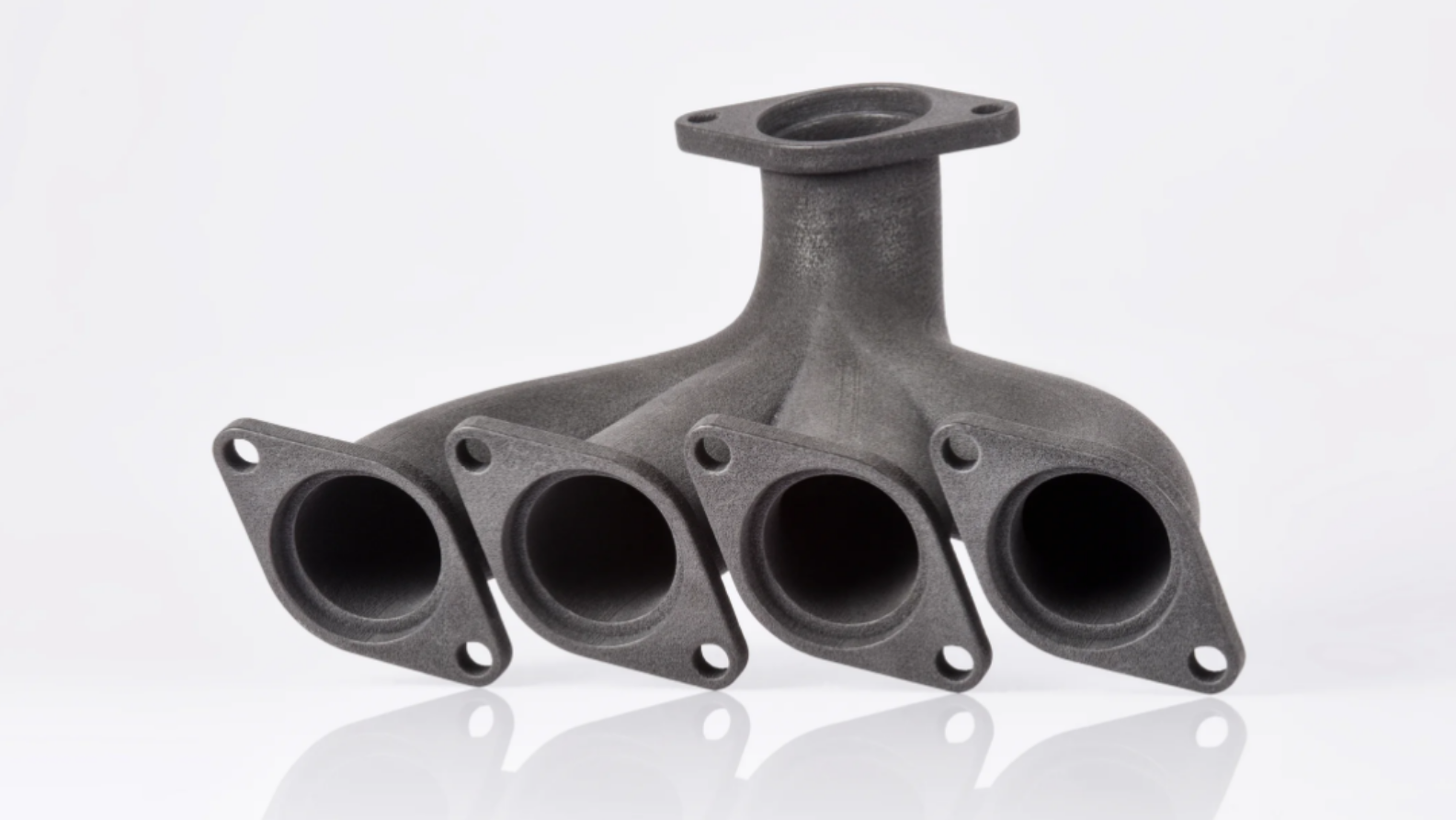
Polymers were the first material group for additive manufacturing and remain the most often used material across all applications. The development and growth of metal AM systems has been a strong focus for the community over the last 10 years. Today, while still expanding use of metals, industries like aerospace, automotive, and energy are looking again to polymers. The availability of more high-performance polymers has the potential to improve the functionality of some critical AM components.
While high-performance isn’t a scientific term, they are generally those that have needed mechanical, thermal, and chemical properties when used in environments that require resistance to high temperatures (greater than 300֯ F) high pressure, and corrosive chemicals. Material properties can also include resistance to subzero temperatures and high electrical insulation and noise dampening qualities.
Driven by advanced mobility and the need for lighter, multi-functional materials, both aerospace and automotive are looking to replace metal parts with non-metals including high-performance polymers. Application includes structural parts, system components, and tooling. Because these high-performance polymers can be lighter, cheaper, and faster to produce, they can outperform the metal counterpart.
The properties that make high-performance polymers useful often also makes them difficult or impossible to produce using common additive manufacturing equipment without high heat processes. The process is not as simple as creating forms of traditional polymers used in injection molding for additive manufacturing. Combined with the different mechanical structure created with the additive manufacturing process, the number of high-performance polymers available is limited.
High-performance polymers are largely available in filament and powder forms for material extrusion and powder bed fusion processes. They include:
- Polyetherimide (PEI)
- Polyetheretherketone (PEEK)
- Polyetherketoneketone (PEKK)
- Polyvinylidene fluoride (PVDF)
- Polyphenolsulfone (PPSF)
- Polyphenylene sulfide (PPS)
- Polyamide-imide (PAI)
Reinforced polymers that include carbon and other fibers for strength, are also considered high-performance polymers. Applications include satellite, aircraft and automotive external components as well as gaskets, seals, and fitting.
The lighter weight and lower cost have proven to be of high interest. The growth of application in functional part manufacturing is expected to expand the number of high-performance polymers available for additive manufacturing as well as the market. According to MarketsandMarkets, the 3D printing high-performance market is expected to grow from $72 million in 2020 to $202 million by 2025.


